Scientific name Trigonoceps occipitalis Higher classification Trigonoceps | Phylum Chordata Rank Species | |
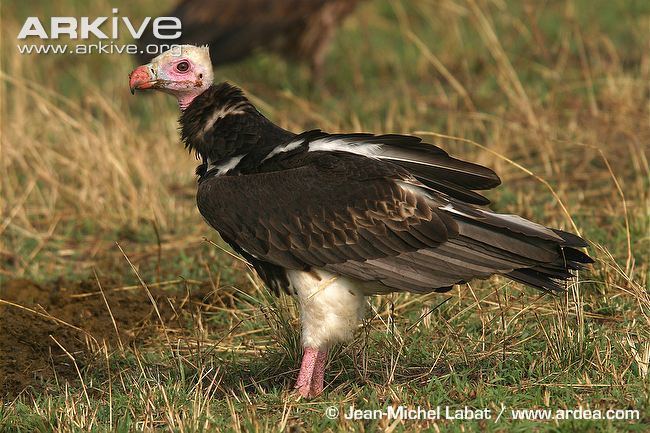 | ||
Genus TrigonocepsLesson, 1842 Similar Hooded vulture, Lappet‑faced vulture, Red‑headed vulture, White‑backed vulture, Palm‑nut vulture | ||
White headed vulture handsome bird
The white-headed vulture (Trigonoceps occipitalis) is an Old World vulture endemic to Africa. Populations have been declining steeply in recent years due to habitat degradation and poisoning of vultures at carcasses.
Contents
- White headed vulture handsome bird
- Buitre cabeciblanco trigonoceps occipitalis white headed vulture
- Description
- Distribution and habitat
- Ecology
- Conservation
- References
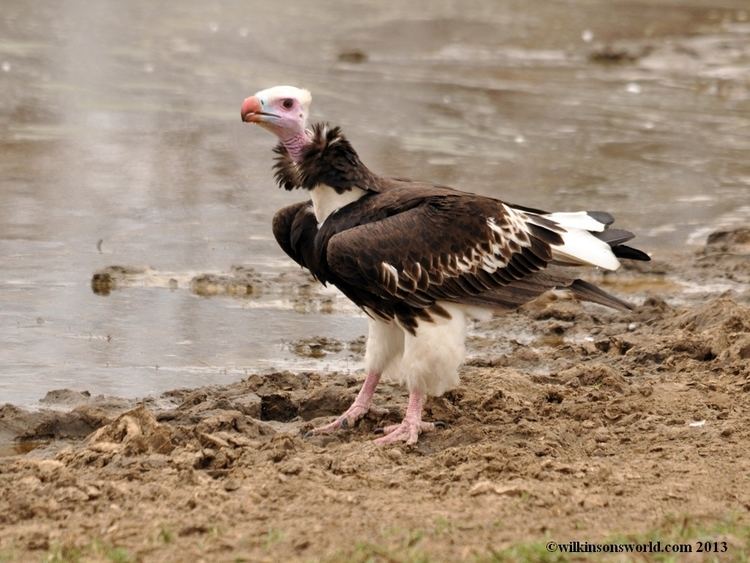
Buitre cabeciblanco trigonoceps occipitalis white headed vulture
Description
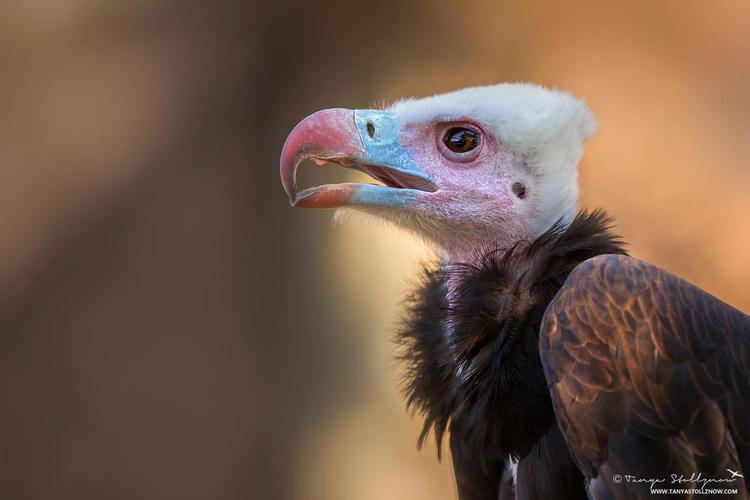
The white-headed vulture is a medium-sized vulture, 72–85 centimetres (28–33 in) in length and with a wingspan of 207–230 centimetres (81–91 in). Females have an average weight of 4.7 kilograms (10 lb), while males are generally lighter at 4 kilograms (8.8 lb) or less. It has a pink beak and a white crest, and the featherless areas on its head are pale. It has dark brown upper parts and black tail feathers. The feathers on its lower parts and legs are white, giving it its diagnostic image from below.
Distribution and habitat
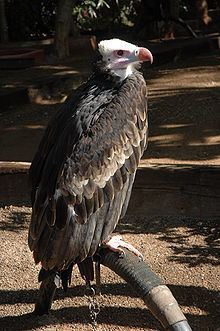
The white-headed vulture is widely spread throughout sub-Saharan Africa, occurring from Senegal and Gambia east to Somalia and south to South Africa and Swaziland. It is locally uncommon to common. A total population of 10,500-18,750 individuals has been estimated, but newer estimates following recent declines suggest a population of just 5,500 individuals. The species prefers mixed, dry woodland at low altitudes. It occurs at elevations of up to 4,000 m in Ethiopia, perhaps 3,000 m in Kenya, and can be found in thorny Acacia-dominated landscape in Botswana. It generally avoids human habitation.
Ecology
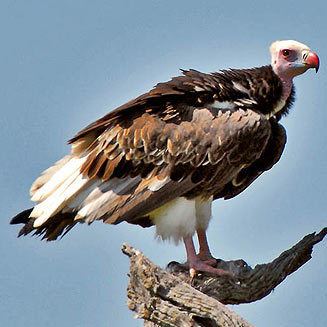
The species is long-lived and appears to be loyal to a territory where it remains resident. It builds nests in trees (mostly acacias or baobab), laying a single egg a couple of months after the rainy season has ended and the dry season is underway. The white-headed vulture is predominantly a carrion-eater; frequently flying lower than other vulture species, it is often the first species to turn up at a carcass. However, the species is probably also an active predator if the occasion arises.
Conservation
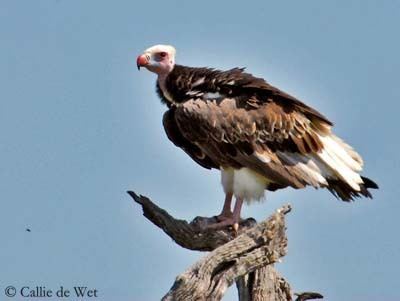
White-headed vulture populations have been declining since the early 1940s; it was classified as Vulnerable in the 2007 IUCN Red List. Recent indications that the species is rarer than previously thought have led to a status upgrade to Critically Endangered in 2015.
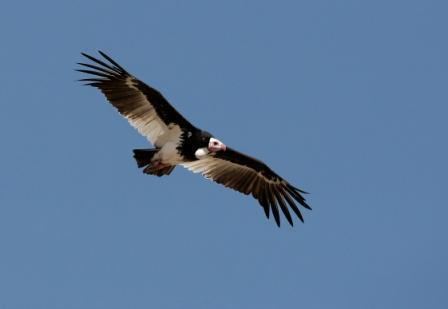
The main threats to white-headed vulture populations are reductions in the availability of suitable food sources (carcasses of medium-sized mammals and ungulates) and the loss of habitat to the spread of urban and agricultural developments. Poisoning through baits set for other carnivores such as jackals and hyenas, as well as targeted poisoning of vultures (by poachers who seek to prevent vultures from drawing attention to an illegal kill), is also an important factor. Secondary causes of decline is exploitation for the international trade in raptors and use in traditional medicines. The species is highly sensitive to land-use and tends to depart from degraded habitat, leading to high concentrations in protected areas. Potential introduction of the anti-inflammatory drug diclofenac, which is fatal to all vultures of this genus when ingested at livestock carcasses, may represent a potential future threat.
